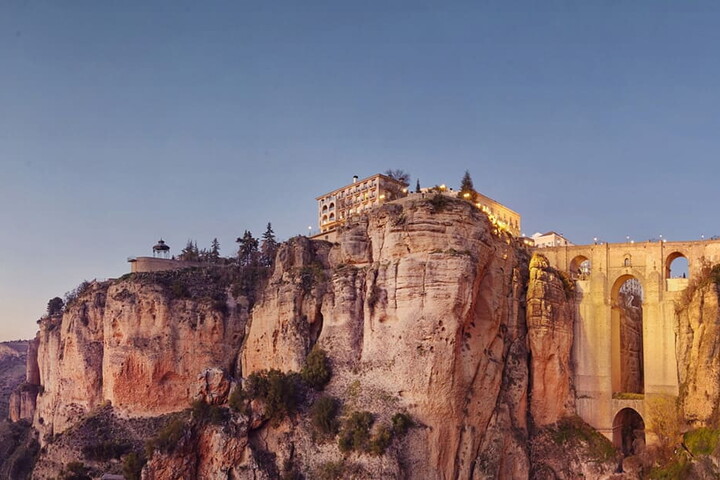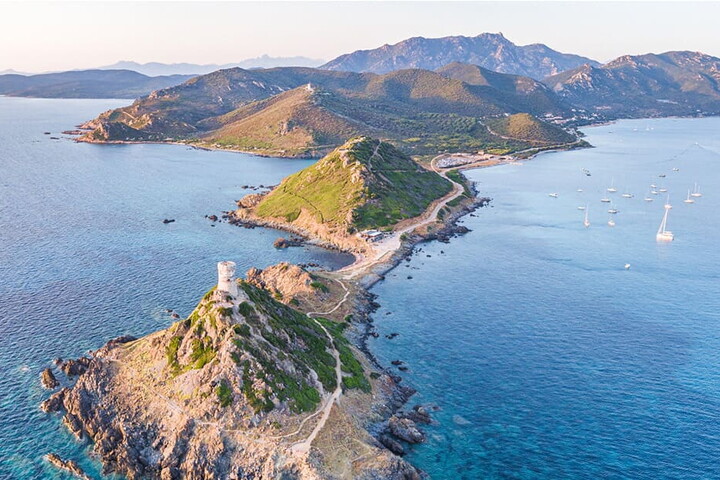Sometimes the real challenge is to manage to enjoy the landscape while feeling in complete control of your car, with the tyres perfectly gripping the road. At times, especially in the coldest season, the most unconventional approach is to slow the pace and rediscover all the great beauty around you, perhaps leaving the city to seek adventure in the snow-muffled lands beyond. Rethinking your way of driving but without lessening the pleasure of being behind the wheel. Because winter is upon us and the time to change tyres has arrived throughout Europe (obligatory in Italy from 15 November). And it's a certain fact that the only points of contact between our cars and the road are our tyres. Snow and ice are enemies not to be underestimated. They exaggerate a driver's slightest mistakes but they're easy to deal with if you have the right equipment. In fact when you're travelling in complete safety, while outside the car the scene is turning whiter and more frozen, there's no better feeling than going with the flow of the road, softening your movements and finding harmony. The secret is to hold back, contemplate the landscape and then attack the road, to let yourself be gently rocked by the rhythmic succession of hairpin bends cutting through the mountains and valleys. Giving both performance and safety, Pirelli winter tyres guarantee your control of the winter and enable you to enjoy the most enchanting routes despite the low temperatures. We've selected five in five different corners of Europe.

Julier Pass, Switzerland
Crossing the Alps in winter is a challenge to be tackled armed with awareness. The arrival of the big freeze means that a good number of routes are closed, but anyone not wanting to miss the thrill of the mountains can head for the Julier Pass - or Passo del Giulio - which crosses the Italian border with Switzerland. It's a route of about sixty kilometres that can be covered fairly quickly considering the altitude, following the curves leading first to St. Moritz and then Thusis. The main road is the Cantonale 3, with a spectacular view of a number of peaks in the Swiss Rhaetian Alps and lakes such as Marmorera, the final stretch being gentler in its curves and downhill gradient.

Romantische Strasse, Germany
The Romantische Strasse, in Germany, is deservedly one of the best-known routes in Europe. With its Alpine views whitened by the season and the unspoiled medieval architecture of the various towns and villages scattered along the 350-kilometre route, the Romantic Road provides an immersive experience in a fairytale, almost surreal world. The route, which begins in the city of Würzburg and ends in the small town of Füssen, is 366 kilometres in length and departs from the River Main, crosses western Franconia into Swabia, passes into Upper Bavaria and arrives in the German Alps. It's a richly varied journey threading past dreamlike castles and picturesque villages in spectacular natural surroundings.

Brittany, France
With its sheer red and grey cliffs overhanging the ocean, its stormy sea and the wind howling in the background, Brittany in the winter has extraordinarily evocative appeal. A place that can be fully experienced by following the routes along its jagged coastline. The most scenically striking area is the department of Finistère, called the “edge of the world” due to its position protruding into the Atlantic. Among the wild nature and silence the lighthouses still retain a dominant presence here, about fifteen of which are still operational and open for visits. The most evocative is the Virgin Island Lighthouse: half an hour from the town of Brest, standing 82.5 metres high and with 397 steps, this is Europe's highest. While on the small island of Ouessant - reached by ferry from Brest - stands the Stiff lighthouse. Operational since 1700, its terrace offers views over an endless horizon with unique tricks played by the light.

Andalusia, Spain
Andalusia in winter is a corner of paradise on the edge of Europe. Its cool but non-glacial temperatures mean that you can take a relaxing on-the-road tour to inland cities, from Seville to Cordoba to Almería, that are scorching hot in the warmer months of the year. Temperatures in Granada are more severe, with snowfall not infrequent, but it's a city well-worth a visit. Architecturally rich, with a fusion of both Moorish and Baroque, Granada lies between the sea and the Sierra Nevada, home to the most important Andalusian ski resort with over a hundred thousand kilometres of skiing and 118 slopes. And from here a tour around the Alpujarras just can't be missed, with around fifty tiny villages clinging to the southern slopes of the Sierra Nevada. Among these little white houses, where evidence of the former Arab presence is still clearly visible, time literally seems to be at a standstill: this area has one of the highest levels of life expectancy in the world.

Transylvania, Romania
Until a few years ago this was a destination that people seemed to ignore, but then the beauty of the Carpathians began to win over an growing number of Europeans. Transylvania combines breathtaking landscapes with villages steeped in tradition, offering a cultural, architectural and culinary mix of Hungarian, Saxon and Romanian influences. And of course it's also a land of castles, the most prominent of which being the one at Bran - the inspiration for Dracula's castle in the novel by Bram Stoker. Built in the fourteenth century, the castle commands the valley at the border with Wallachia surrounded by rich, biodiverse vegetation that becomes an expanse of white in winter. Within a few kilometres of Bran lie three more places not to be missed: Brasov, with its distinctive Mitteleuropa atmosphere; Sibiu, immersed in a fairytale time bubble; and Sighisoara, with its historic centre of cobbled streets and colourful houses.




